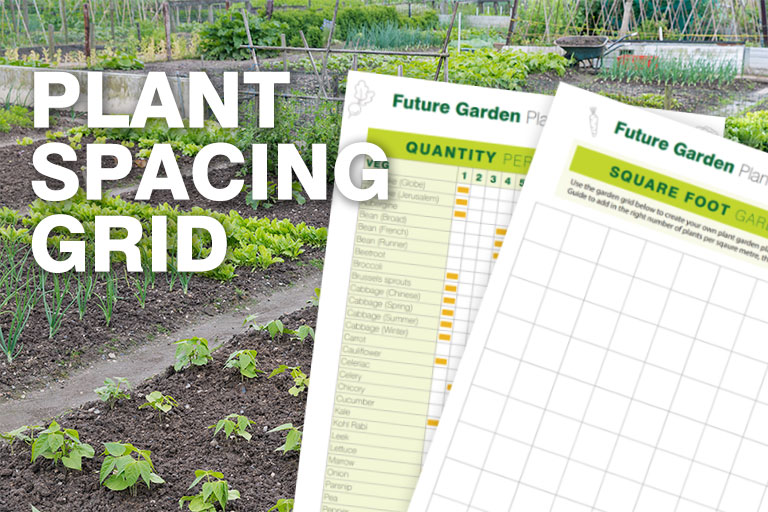The Importance of Plant Spacing
Introduction
Gardening is a creative and rewarding activity, but it can also be a challenging one. One of the most important aspects of gardening is knowing the correct plant spacing.
Plant spacing is an important part of gardening and requires careful consideration. It affects the overall health and productivity of the plants, and it is important to get it right. In this article, we’ll discuss the importance of spacing plants correctly and provide tips on how to do it effectively.
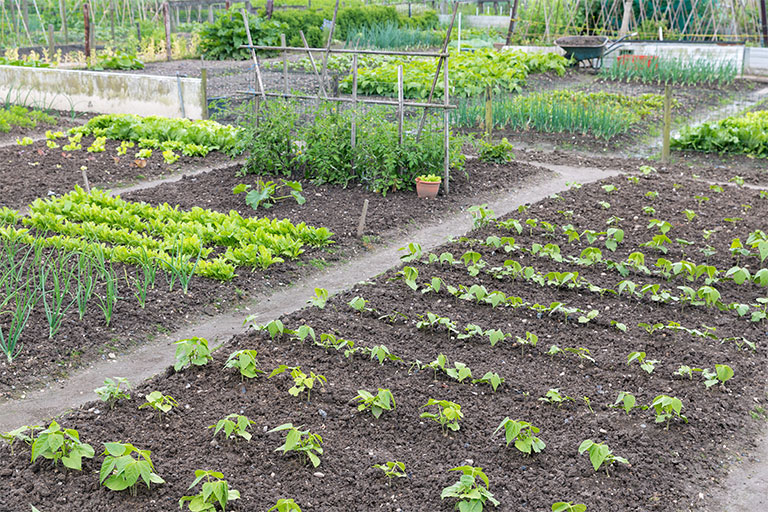
The correct plant spacing is an essential aspect of gardening. It plays a crucial role in overall plant health and the productivity of plants.
Proper plant spacing allows plants to receive adequate sunlight, nutrients, and air circulation. All are necessary for plant health, overall growth, and development. This article will discuss the importance of spacing plants correctly and provide tips on how to do it effectively.
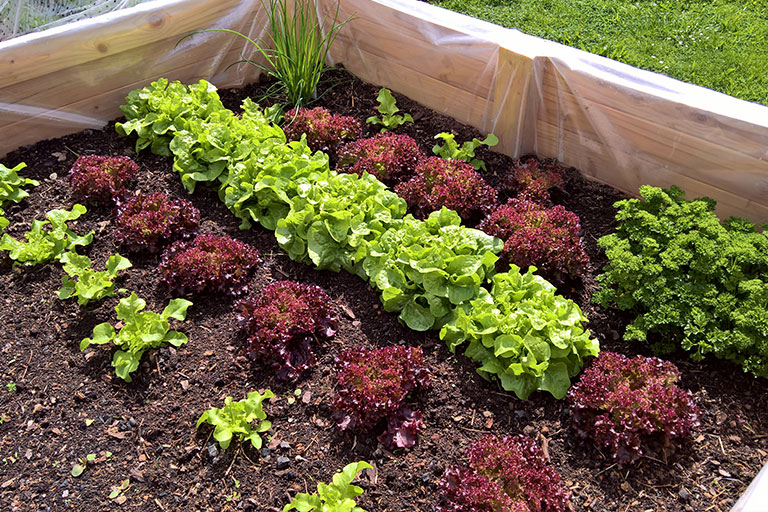
To make your life even easier, we’ve created a handy free download to illustrate plant spacing. This free download allows you to picture how many plants you can fit into your intended growing space.
Benefits of Proper Plant Spacing
Promotes Healthy Growth
- The correct plant spacing prevents overcrowding. This can lead to competition for resources such as water, nutrients, and sunlight.
- Spacing plants allows them to spread their roots and access the necessary nutrients in the soil.
- Air circulation between plants lowers the risk of diseases and pests. It helps to keep foliage dry and prevents the build up of moisture for improved plant health.
Maximizes Yield
- When plants are spaced correctly, they have enough room to grow and develop without being hindered by neighbouring plants.
- Each plant can receive sufficient sunlight, which is crucial for plants to produce energy.
- Proper spacing allows for better access to water and nutrients, resulting in healthier plants and higher yields.

Plant Spacing Prevents Disease and Pest Infestations
Overcrowded plants are more susceptible to diseases and pests. They provide an ideal environment for the spread of pathogens and insects.
Proper spacing allows for better air circulation, which helps to keep foliage dry and reduces the risk of fungal diseases.
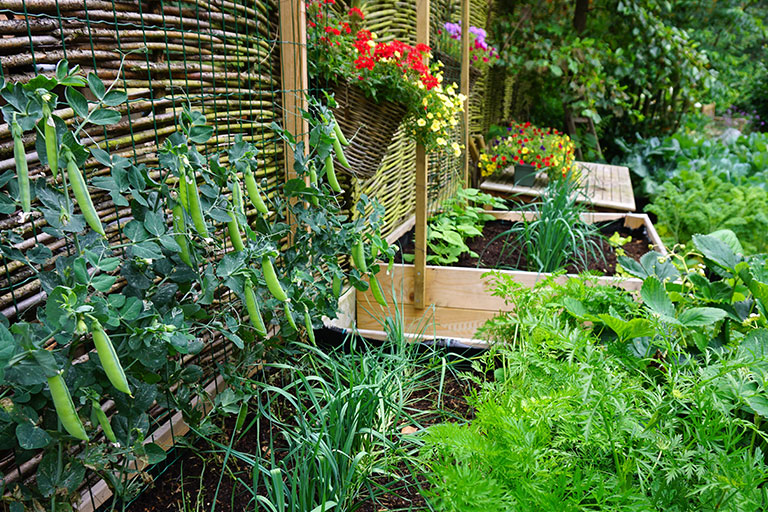
Spacing plants the correct distances apart makes it easier to inspect and identify any signs of disease or pest infestations. This allows you to quickly intervene, avoiding the spread of an issue.
Garden tip: If you do notice any pest or disease issues, we sell a range of plant health products to help you easily deal
Tips for Proper Plant Spacing
Research Plant Spacing Requirements
- Different plants have varying spacing requirements. It’s important to research and understand the specific needs of each plant.
- Use our free plant spacing download to see how many plants you can fit into your patch.
- Consider factors such as the mature size of the plant. Also look at its growth habits, and the recommended spacing guidelines.
Garden tip: Refer to the seed packets or plant labels for size guides and spread.
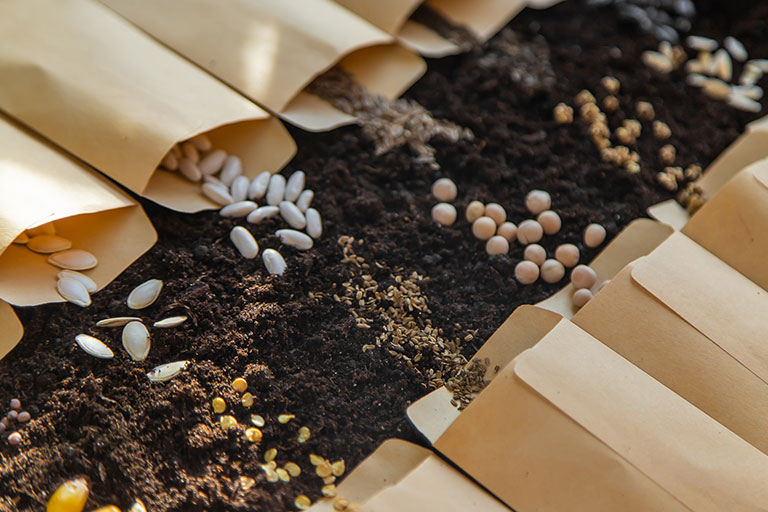
Measure and Mark Spacing
- Before planting, measure and mark the desired spacing between plants using stakes, strings, or other markers.
- This will help ensure that plants are evenly spaced and prevent overcrowding.
Thin Out Seedlings For Better Plant Spacing
- If you have started plants from seeds, thin out the seedlings to maintain the recommended spacing.
- Remove weaker or excess seedlings to allow the remaining plants to thrive.
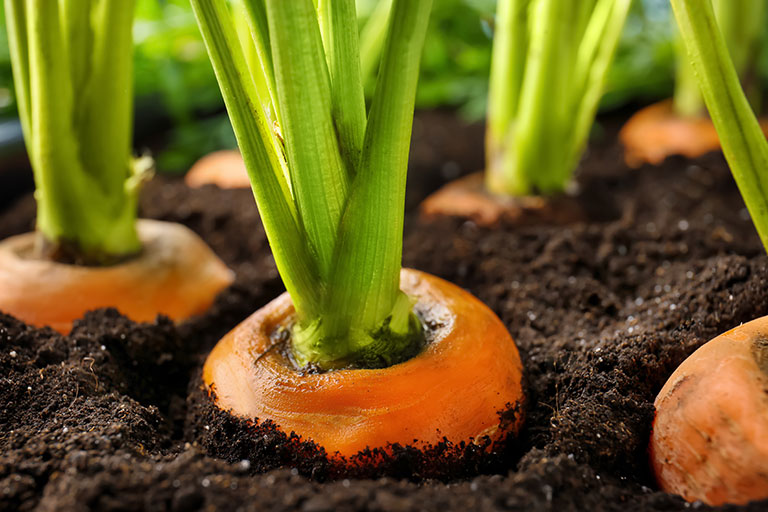
Consider Plant Growth
- Take into account the mature size of the plant when spacing.
- Allow enough space for the plant to reach its full size without being cramped or overshadowed by neighbouring plants.
Regularly Monitor and Adjust Spacing
- As plants grow, regularly monitor their spacing and make adjustments if necessary.
- If plants are becoming overcrowded, consider transplanting or removing some to maintain proper spacing.
Conclusion
Proper plant spacing is crucial for the health and productivity of plants. By providing your plant with enough room to grow, they’ll be able to access the necessary resources to thrive. Additionally, proper spacing helps prevent disease and pest infestations.
Spacing plants correctly is an important part of successful gardening. It helps ensure optimal plant health, pest prevention, and greater harvests. This is why it is so important for you to pay attention to the spacing of your plants.
With careful planning and a few tricks, you can maximize your plant’s potential. The correct plant spacing will help you to reap the rewards of bigger, healthier plants, all with higher yields.
By following the tips mentioned in this article, you’ll ensure your plants are spaced correctly and set up for optimal growth.
Click the image below for your free plant spacing download and get growing bigger, better, healthier plants today.

